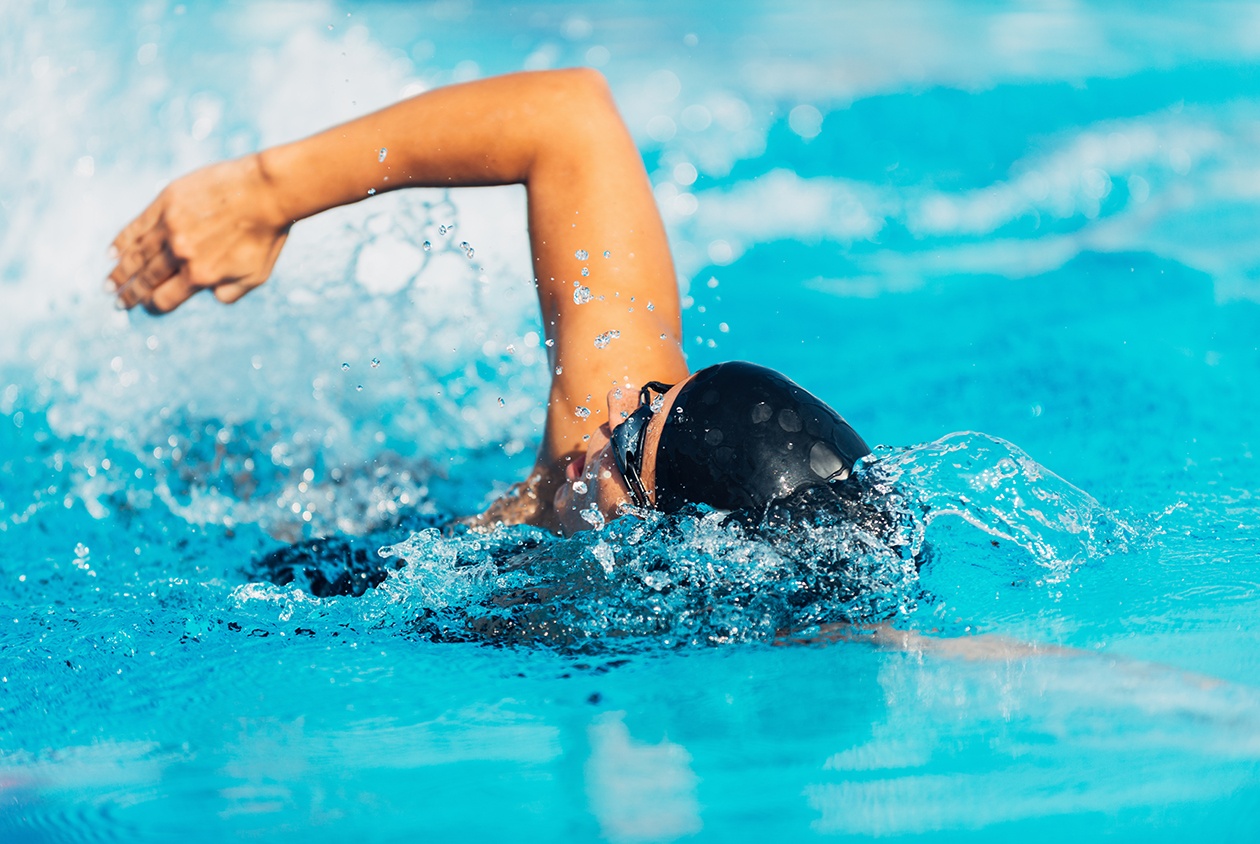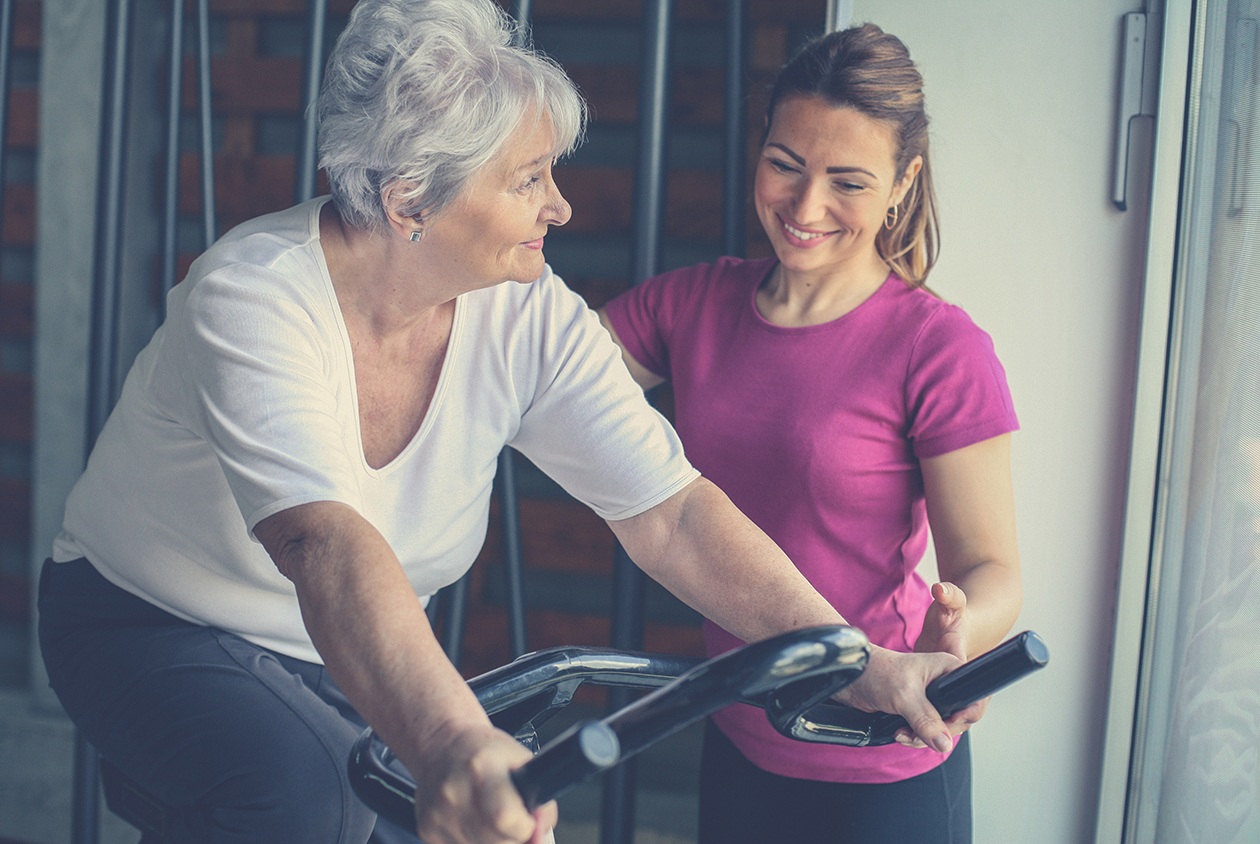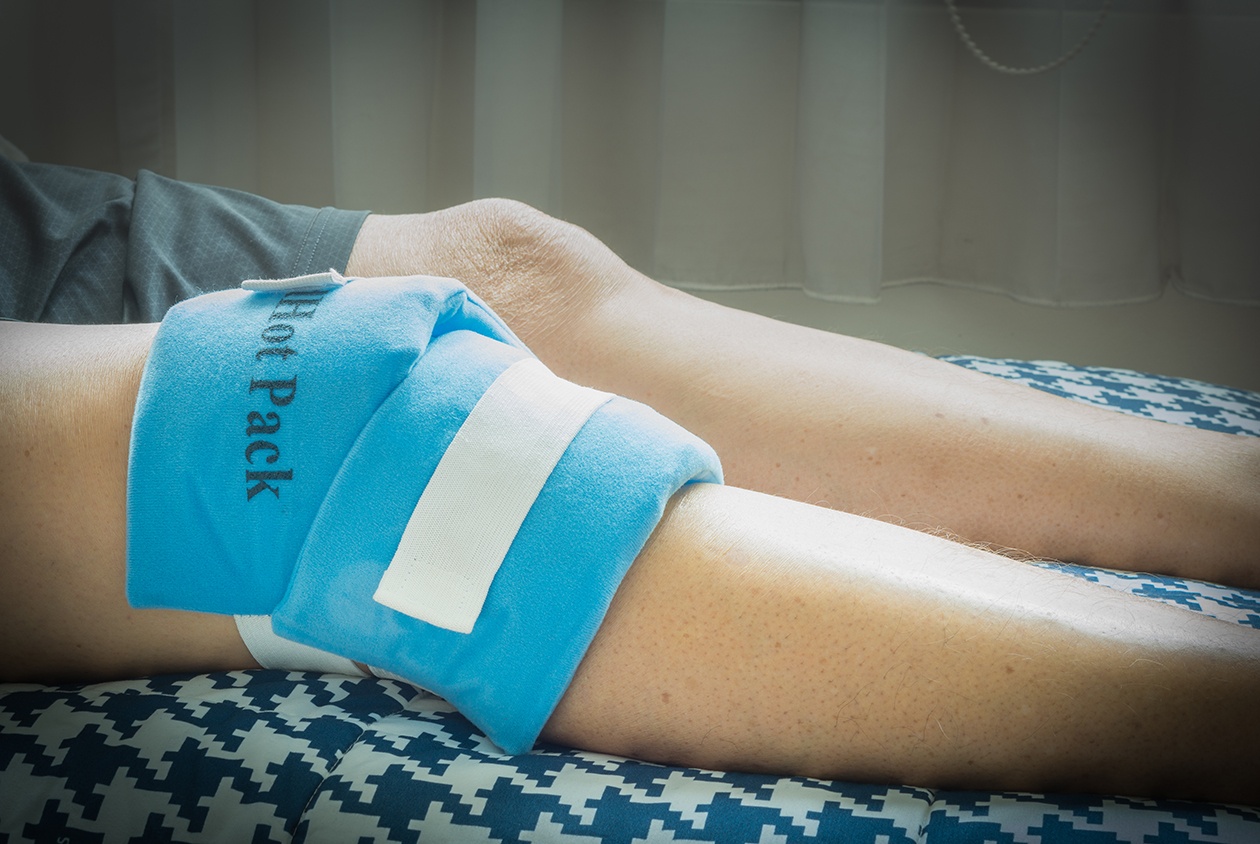5 Tips for Staying Active After Joint Replacement Surgery
For many, a hip or knee replacement is the ticket to a more active lifestyle. Once you’ve recovered, you can often return to many activities that previously caused you pain. The sooner you undergo the surgery, the sooner you’ll be on the road to recovery, although feeling hesitant to return to physical activity after any major surgery is normal.
Here are five tips for jump-starting your physical activity after joint replacement surgery. (Remember to always check with a doctor before beginning a new exercise routine!)

Photo credit: Shutterstock
Begin with light aerobic exercise. Walking is one of the best exercises for rebuilding strength. Start with small steps and short walks, slowly building up your distance. If you’re concerned about bearing weight, swimming is another great option that will keep your heart pumping.

Photo credit: Shutterstock
Participate in a focused physical therapy program. A physical therapist may recommend cycling on a stationary bike to build strength while increasing the range of motion in your hip or knee. A stationary bike allows you to start slowly and work at your own pace. Gentle stretching is another great way to avoid stiffness and improve flexibility.

Photo credit: Shutterstock
Remember to rest. Placing an ice pack wrapped in a towel on your new joint can help reduce pain and inflammation. Apply a heating pad or hot, damp towel for 15 to 20 minutes to help with range of motion, especially before stretching.

Photo credit: Shutterstock
Maintain a healthy diet and quit smoking. A balanced diet of fruit, vegetables, protein, and calcium before and after surgery will reduce wound infections and promote a healthy recovery. Smoking increases blood clot risks following joint replacement surgery; speak with your doctor about smoking cessation programs to help you quit.

Photo credit: Getty Images
Recreational activities. After your doctor has cleared you for activity, a good sport to take up is golf. Swinging a golf club requires various muscles in both your lower body and core. You may also want to try rowing, a sport with minimal stress on your lower joints.
And, above all, try to go at your own pace! Take things slow, and speak with your doctor if you ever feel pain during a new activity. You got this!
For more information on joint replacement surgery and recovery options, visit bidmc.org.
This is a paid partnership between Beth Israel Deaconess Medical Center and Boston Magazine


